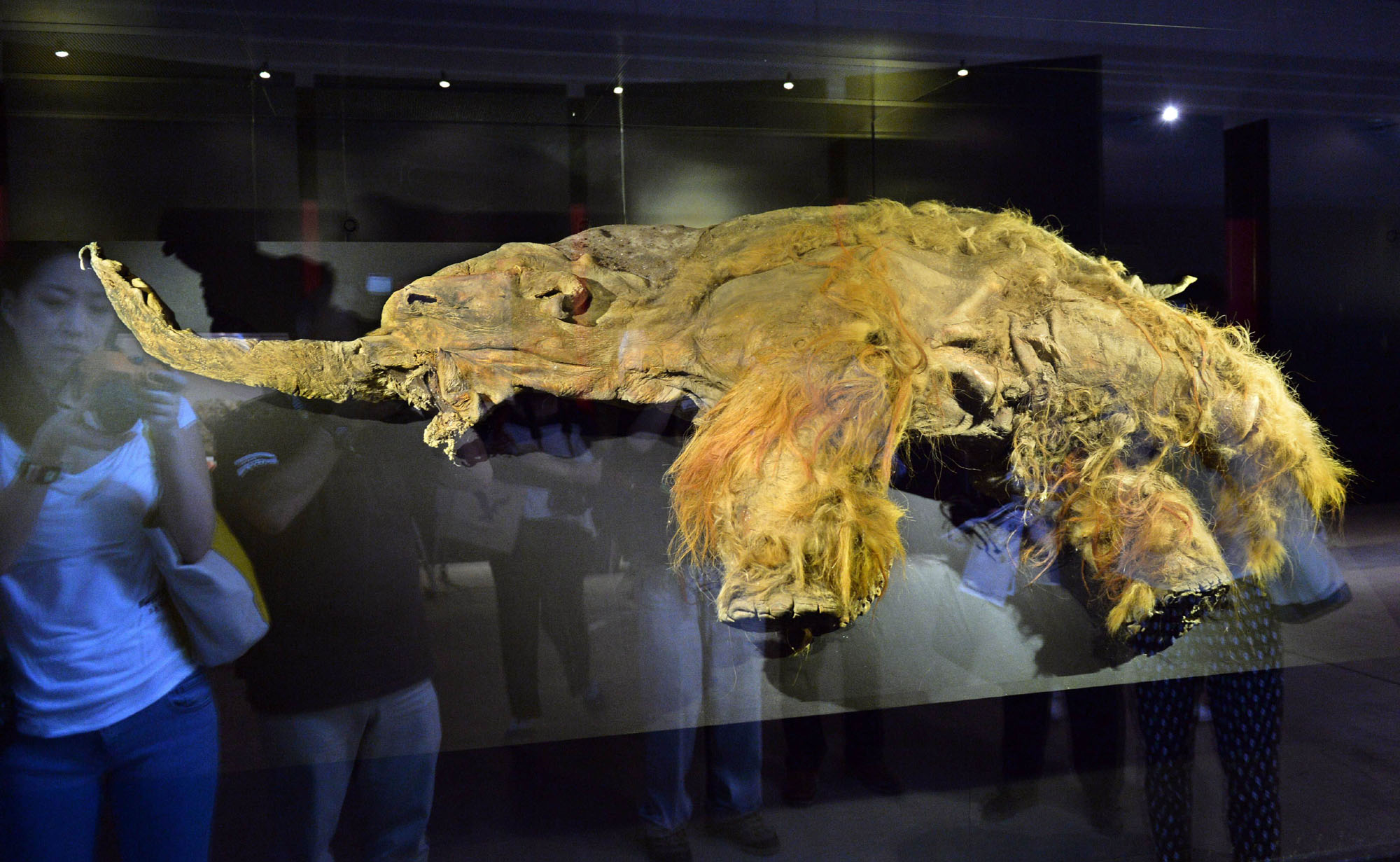The idea would make headlines around the world and bring tears of joy to the planet's journalists. An adorable baby woolly mammoth, tottering on its newborn legs, is introduced to the media.
Cloned from a few cells scraped from the permafrost of Siberia, the little creature provides the latest proof of the might of modern science and demonstrates the fact that extinction has at long last lost its sting.
It is a fascinating prospect, one that was raised again last week when the most recently discovered carcass of a mammoth was revealed to the public at Yokohama, Japan. The female, thought to have been around 10 when she died, had lain frozen in the ground for tens of thousands of years. Yet she still had hair, muscle tissue, and possibly blood. Samples have now been sent to South Korea, where scientists say they are planning to use them to clone a mammoth, though the proposal is considered to be highly controversial.



